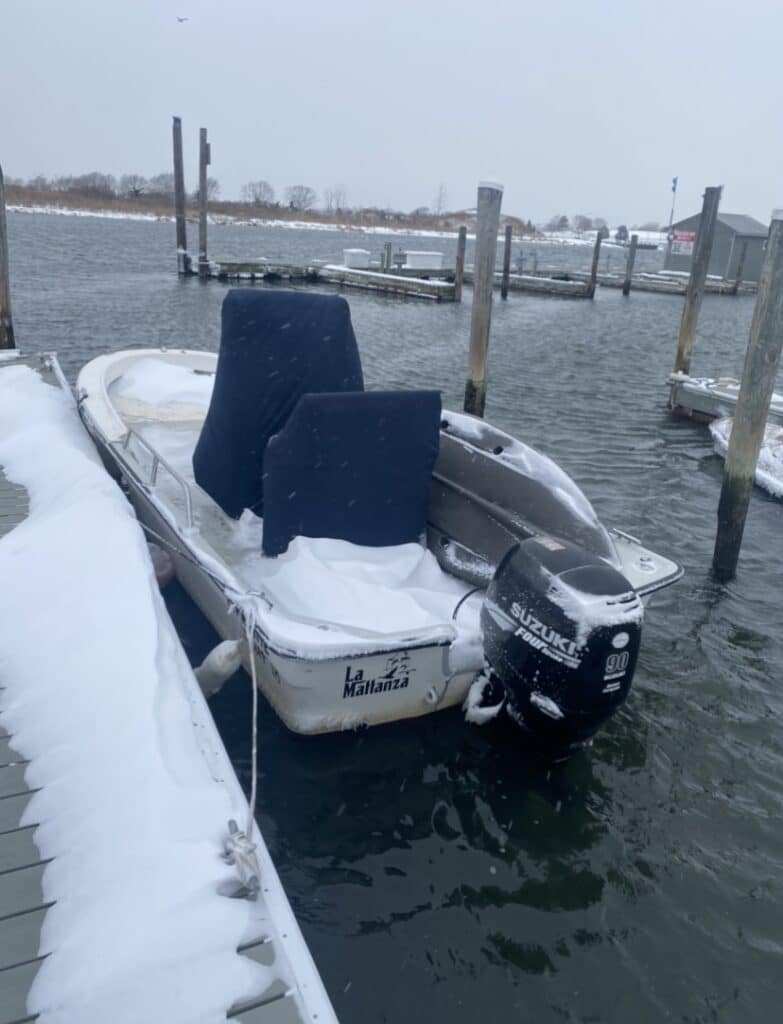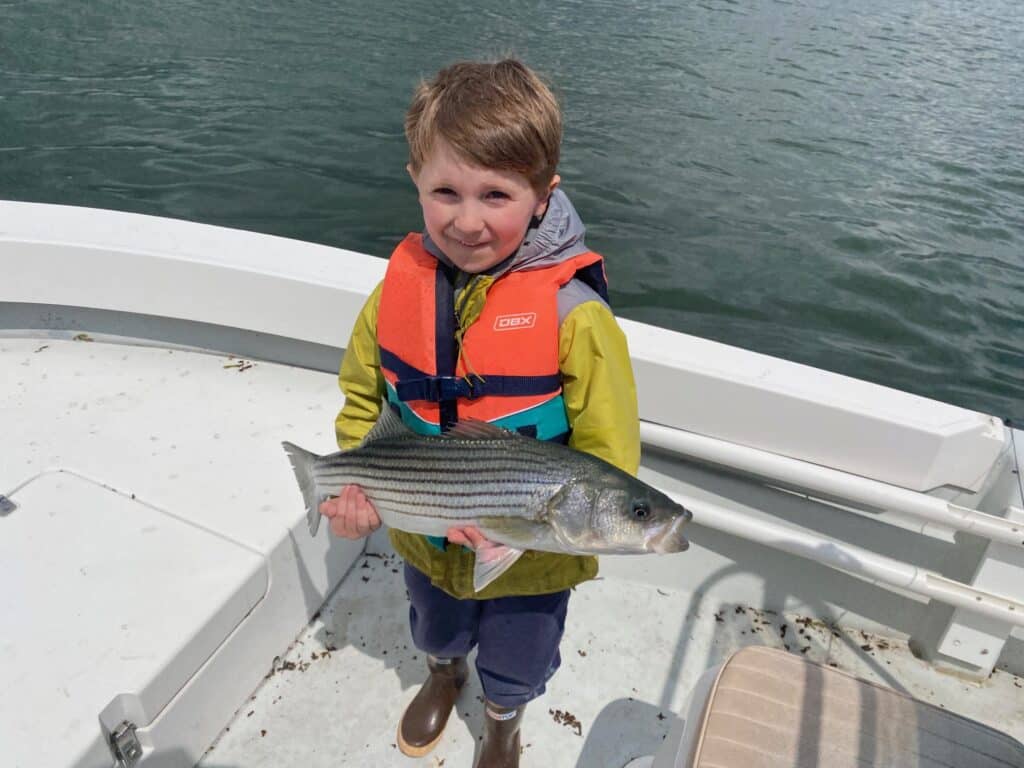
They say the two best days in a boat owner’s life is the day they buy it and the day they sell it. Well, I can tell you that’s not always true. After 15 years, this Maritime Skiff had become a big part of my life. Seeing her go was tough.
I remember scouring through ads in the back of local magazines, looking for a Maritime for sale for months. They were quite popular at the time, and those that had them tended to hold onto them. I finally found one, a lightly-used 1890, in the back of The Fisherman. I called the number and left a message.
A week later I was out on the marsh, stalking a pair of black ducks loafing on a salt pond. Just as I got within gun range they jumped, giving me a clear shot. The pump barked once, clearly missing the lead bird. A quick shuck and a follow-up knocked down the trailing duck, and my limit was secured.
My phone rang, buried deep under the neoprene keeping my legs warm and dry. I fumbled through layers to answer and an unfamiliar voice greeted me, “Hi, this is Ron. I’m calling about the Maritime.”
The call was brief but fruitful. I would meet him at his son’s house to look at the vessel, an 18 footer assembled in a shipyard in Maine just a few years prior. She was everything I thought she could be, floating motionless with a light dusting of snow.
A few weeks later and I’d meet Ron at the broker’s office, check in hand. I sat there, staring at that slip of paper. “Is something wrong son?,” he asked with the kindly tone that old men have when speaking to boys less than half their age.
“I’ve, I’ve just never written a check that big,” I replied. I pondered the debt I was about to take on, the amount of the loan seemingly insurmountable to a lowly wildlife tech.
Ron let out a lighthearted laugh, “Son, wait till you sign up for that mortgage.” And just like that, the shiny 1890 was mine.
She was a few years old, but not 20 hours had ticked by on the 90 horsepower Suzuki. Ron’s eldest wasn’t much of a fisherman, and the Maritime wasn’t much of a wakeboard boat. She mostly just sat, aching to fish the flats, pluck clams from tidal mud, and navigate the creeks where black ducks play. I was happy to let her do what she was built for.
That first winter was spent chasing ducks and digging clams. She was in her prime, skimming across shallow flats and navigating the tight confines of creeks too small for most center consoles.
That spring, I performed the 20-hour service and then let her rip. There was no holding back; I kept the throttle cracked, and that’s the way it stayed for a decade and a half.
Throwing flies to tailing stripers, fishing offshore reefs, dragging a clam rake, setting decoys, pulling a tube. She did it all with a smile. Even on the coldest day, she started on the slightest nudge of the key. She delivered me when the winds kicked up out of nowhere, returning me safely from the duck hole in 50 mile per hour gusts with enough confidence to do it again the next tide. She skated across the mud when the west wind emptied the bay. She even found my boy’s first striped bass.

But now it is time for her to go. A younger man needs her to chase fish and fowl.









